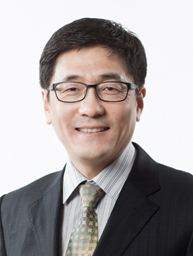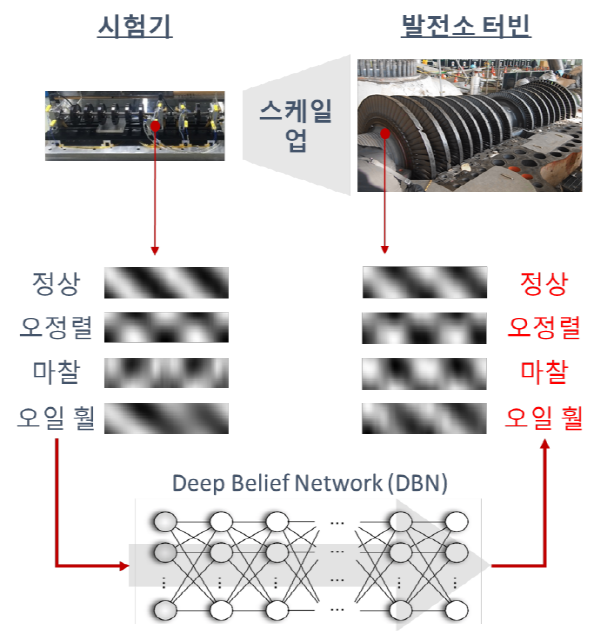Department News
Prof. Byeng Dong Youn’s Team Develops World’s First Deep Learning-Based Technology for Assessing Power Plant Turbine Equipment
SNU Professor Byeng Dong Youn’s Team
Develops World’s First Deep Learning-Based Technology for
Assessing Power Plant Turbine Equipment
<?xml:namespace prefix = "o" ns = "urn:schemas-microsoft-com:office:office" />
<?xml:namespace prefix = "v" ns = "urn:schemas-microsoft-com:vml" />
▲ Prof. Byeng Dong Youn, SNU Dept. of Mechanical and Aerospace Engineering
A Korean research team has developed a deep learning-based technology that can assess the condition of turbine equipment in power plants.
On January 15, 2018, Seoul National University’s College of Engineering (Dean: Kookheon Char) announced that Professor Byeng Dong Youn’s research team from Department of Mechanical and Aerospace Engineering has developed world’s first technology that utilizes deep learning for assessing the integrity of turbine equipment of various capacities in power plants.
The financial burden of maintaining the facilities become greater as power plants deteriorate over time. So in order to reduce sudden breakdowns as well as the cost of maintenance, the need arises for a technology that can assess and predict the integrity of power plants using big data.
Existing technology for assessing power plant integrity needs to be operated by professionals and requires a long amount of time to be developed. Therefore, in addition to a high development cost, the accuracy decreases by a striking amount when the technology is actually used on site.
This problem can be solved using the technology developed by Prof. Youn’s team.
Currently, the research lab’s start-up company OnePredict supplies this technology to POSCO Hyungsan Power Plant for assessing the integrity of its turbine equipment. Examples such as this show that the technology can be applied to turbines of various capacities in power plants worldwide (firepower, gas turbine, combined cycle, etc.). It is also expected to be widely utilized in diverse areas, namely alternative energy development such as wind power generators and rotating systems such as industrial robots.
The research has been published in IEEE Transactions on Industrial Electronics (TIE), a highly acclaimed journal in the field. It has also been patented.
[Figure]

Related articles:
SNU Engineering News http://eng.snu.ac.kr/node/15340
Korea Economic Daily http://health.hankyung.com/article/2018011509121

